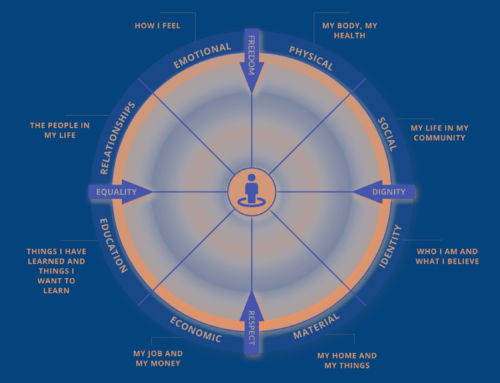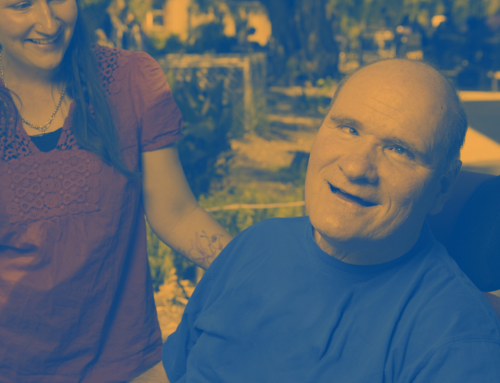A Guide to Ensuring Child Safety and Well-being
Children are among the most vulnerable members of society, and their safety and well-being must be a priority for everyone who works with them.
In Australia, the Child Safe Standards provide a framework for creating safe and supportive environments for children. These standards outline clear principles and practices to ensure children are protected from harm, abuse, and neglect.
In this guide, we’ll explain what the Child Safe Standards are, why they matter, and how they apply to your role.
What Are the Child Safe Standards?
The Child Safe Standards are a set of nationally endorsed principles aimed at ensuring children’s safety and well-being in all settings. Developed in response to the recommendations of the 2018 Royal Commission into Institutional Responses to Child Sexual Abuse, these standards guide organisations and individuals in creating safe environments where children are protected from harm.
While implementation may vary slightly between Australian states and territories, the core principles remain the same. The standards are part of the National Framework for Protecting Australia’s Children and focus on fostering safety, inclusion, and respect in every interaction with children.
The 10 Child Safe Standards
- Child Safety Embedded in Leadership and Culture
Organisations must prioritise child safety at every level, from leadership to daily operations, through policies, procedures, and accountability structures. - Children’s Participation and Voices Are Valued
Children must be encouraged to express their views and participate in decisions that affect them. Safe avenues for children to raise concerns must be available. - Safety and Support for All Children
Children in care must feel safe, with adequate supervision, training for staff, and practices that prioritise their well-being. - Zero Tolerance for Child Abuse
Organisations must have clear codes of conduct and reporting procedures to address any risks of abuse or misconduct. - Appropriate Staff Screening
All individuals working with children must undergo background checks, such as Working With Children Checks, and receive ongoing training and support. - Equity and Respect for Diversity
Organisations must promote inclusion, ensuring children from diverse cultural, linguistic, or religious backgrounds, as well as those with disabilities, feel supported and respected. - Ongoing Review of Safety Practices
Regular evaluations of child safety policies and practices are essential to identify and address gaps or risks. - Safe Physical and Online Environments
Safeguards must protect children from harm in both physical spaces and online settings, including measures to prevent cyberbullying or exploitation. - Clear Response to Abuse and Neglect
Organisations must establish accessible, well-communicated policies for reporting and responding to allegations of child abuse or neglect. - Collaborating with Families and Communities
Building partnerships with families and communities ensures a shared commitment to child safety and well-being.
Why Are the Child Safe Standards Important?
These standards are critical for creating environments where children feel safe, valued, and supported. They aim to:
- Prevent abuse and neglect by setting clear expectations for safety.
- Promote a culture of safety, ensuring all individuals understand and prioritise child protection.
- Enhance accountability by providing clear policies and practices.
- Uphold children’s rights, ensuring their voices are heard and respected.
- Support workers and volunteers by equipping them with tools and training to recognise and respond to risks effectively.
What Does This Mean for You as a Worker?
If you work with children, it’s essential to understand how the Child Safe Standards apply to your role. Here’s how you can contribute:
- Know the Standards
Familiarise yourself with the 10 standards and Lifestyle Centred Services Working With Children Policy. - Participate in Training
Stay informed through regular training on child safety, recognising abuse, and appropriate response protocols. - Create a Safe Environment
Practice safe behaviours, encourage children’s participation, and ensure their needs are met in your daily work. - Follow Reporting Procedures
If you suspect or witness child abuse, report it immediately to Lifestyle Centred Services or local authorities.
Everyone Has a Role to Play
Protecting children is not just the responsibility of child protection workers—every person who interacts with children has a vital role to play. By embedding the Child Safe Standards into your practice, you help create an environment where children can thrive, free from harm and fear.
Together, we can ensure that all children are safeguarded and their rights are upheld. Let’s commit to fostering a culture of safety, respect, and inclusion for every child we work with.





